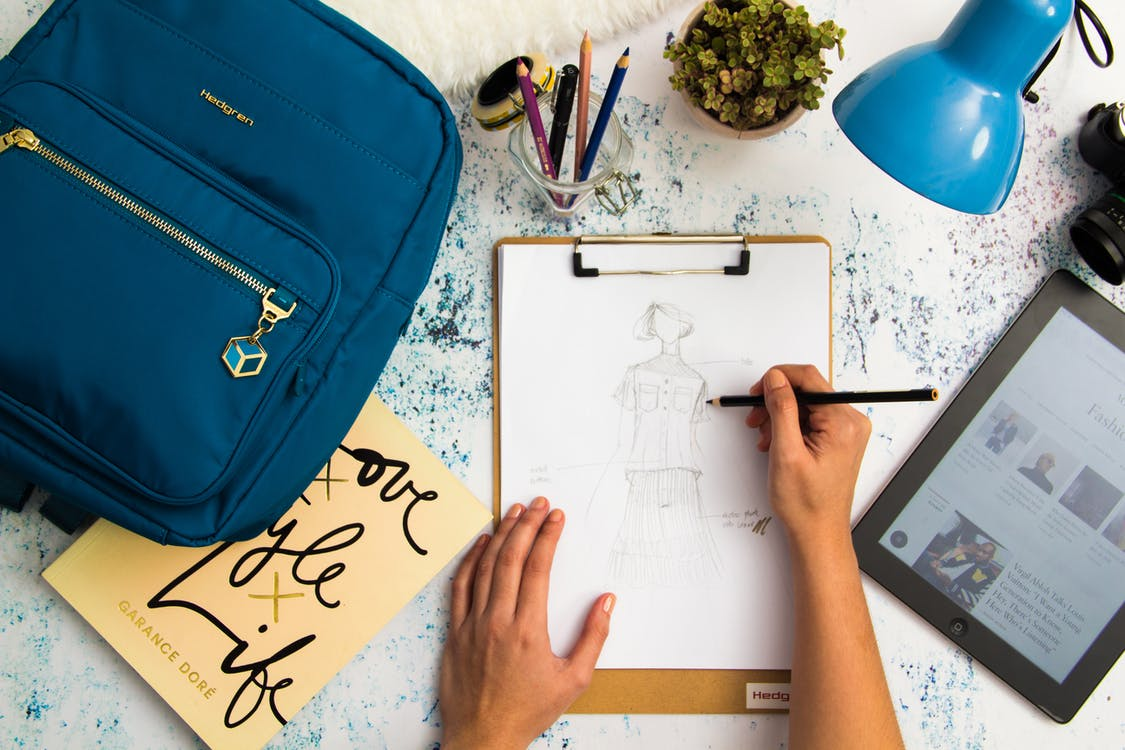If you love fashion and find yourself intrigued by the process of designing and selling clothing, you’ve likely considered starting a clothing line of your own. Whether you’re trying to fill a niche in your personal style or attract customers who share your flair, starting a clothing brand is a significant undertaking.
Keep these essential considerations in mind to guide you through the process if you’re exploring this exciting venture:
Outlining Your Signature Style
First, define your signature style and how it relates to your brand. Outline descriptive words that you want associated with your clothing line and those you don’t. For example, Versace might be a lot of things – chic, stylish, luxurious – but it’s not cheap or kitsch.
It’s important to consider how your style and flair relate to your audience. Take some time to do market research and clarify who would purchase your products. You must understand who they are, their interests, their income level, and what emotionally resonates with them.
Finding Reputable Materials
Once you have the initial components of your brand outlined, the next step is finding reputable materials and suppliers. While the designs themselves are important, your customers will also want comfort and quality. They’re trusting you to provide a good product, so you need to find a supplier you can trust in return.
Look for reputable brands of customizable garbs as your starting point – for example, bella canvas t-shirts. Your approach ultimately depends on the type of clothing line you’re starting. If you’re making clothing from scratch from raw fabric, your supply needs will vary greatly from someone printing designs on shirts.
Develop Your Design Skills
Honing your design skills is a must, whether you’re making original clothing from scratch or printing designs. The key thing to remember when starting your own brand is that you’re committing to a life of continuous improvement and skills development.
Invest in courses and dedicated practice to develop your design skills. Reach out to your audience for feedback and connect with like-minded creatives for guidance. Remember that there’s always room to improve, and your business will improve with you.
Create a Budget
Once you’ve outlined your suppliers and created designs, you need to create a budget and set a pricing strategy. At this point, putting together a detailed business and financial plan is highly advisable. Working through a business plan will not only help you secure funding if needed, but it will also highlight things you hadn’t considered so you can anticipate and solve potential problems.
During this phase, you’ll also start to look at your marketing strategy. Setting goals for both behaviors (i.e., posting daily on Instagram) and profits (i.e., aiming to secure $2,000 in revenue in the first month) will give you a roadmap to follow when things get tough.
Invest in the Right Tools
Once you’ve worked through the budgeting and business planning process, consider what tools you’ll need to make this vision a reality. In addition to design programs, you may require tools for printing your designs on clothing, social media scheduling tools, an eCommerce platform, and a website.
Think of the various touchpoints along the way and identify what tools you need to provide high-quality products and great customer service.
Create Processes
As you start to navigate the work of developing a clothing line, start writing out processes with details. You’ll likely discover that there are many more steps to the process than you had anticipated. For example, you don’t just upload a piece to your website; there’s photography, writing copy, and accessing the back end of your page, etc.
Having these processes outlined helps you create consistency in your offering and makes it easier to scale up over time.
Starting a clothing line isn’t for everyone. If you’re interested in making clothing for yourself as a passion project, you can do it without monetizing. However, if you dream of having your own fashion brand, keep these essential considerations in mind.




